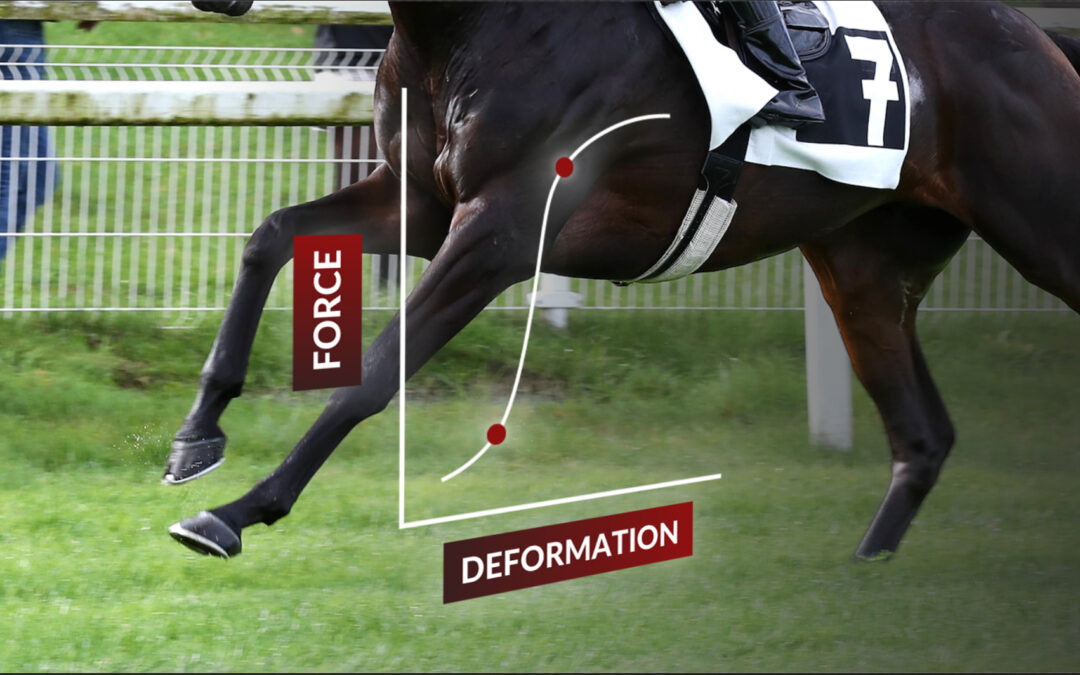The conditioning of the athletic horse takes place through physiological changes. During training, the body adapts to the loads applied to his various skeletal, muscular and cardiovascular systems.
How do these different systems adapt? What is the purpose of their conditioning?
Conditioning the skeleton
Conditioning consists of stimulating the horse’s physiological system by gradually increasing the workload. Each system stimulated increases its capacity to withstand the load.
Thus, skeletal conditioning begins with the application of a biomechanical force. During training, the force applied to the bones causes a slight deformation. This compressive stress causes minimal deformation.
The deformation is the signal for the bone tissue to be formed: it increases the strength of the bones, leading to less deformation, until an acceptable equilibrium is reached. This construction of bone tissue takes time. They take the longest to adapt to the stresses imposed by athletic preparation.
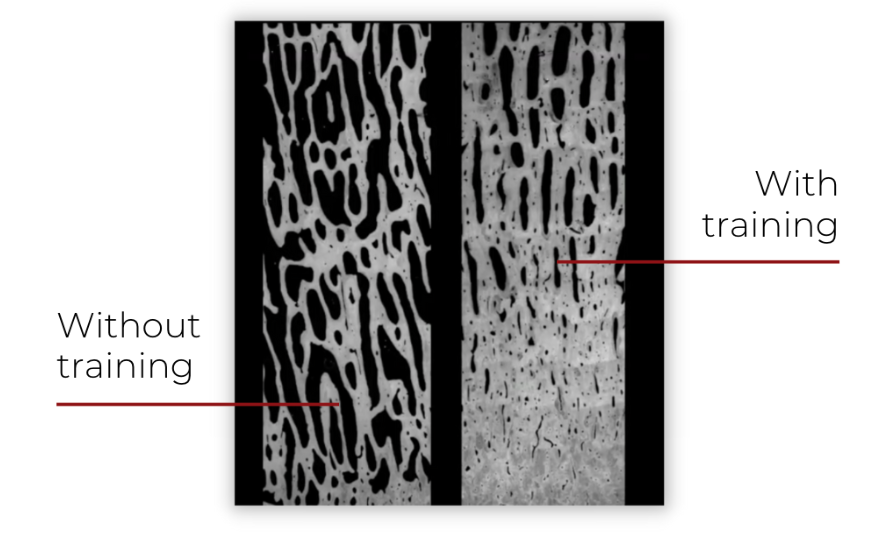
It has also been shown that, in general, all aspects of the skeleton, not just the bones but also the cartilage, tendons and ligaments, have similar properties. To adapt them to the very high stresses associated with the efforts required of horses, all that’s needed is a few episodes of loading on these elements to activate their adaptation process. However, it then takes a relatively long time for them to respond to this activation.
The skeleton differs from the other elements in several aspects:
- Bones can condition themselves throughout a horse’s life, unlike tendons or cartilage.
- The reactivity of cartilage and tendons decreases once the skeleton has reached maturity. Cartilage and tendon conditioning should therefore be carried out at a relatively young age. Foals playing together are considered to produce enough deformation in these systems to stimulate them.
Conditioning of the skeletal muscles
Skeletal muscles are the muscles connected to the skeleton, acting under the control of the horse’s central nervous system. Skeletal muscle conditioning is important in the development of a horse’s abilities because trained muscles are able to produce more energy by extracting more and more oxygen from the blood.
Aerobic metabolism takes place in small structures called mitochondria, located in muscle fibres. Conditioning leads to an increase in the size and number of mitochondria in skeletal muscles, when these muscles produce an effort.
The different types of fibre:
These muscles are made up of different types of muscle fibres, each with its own specific characteristics:
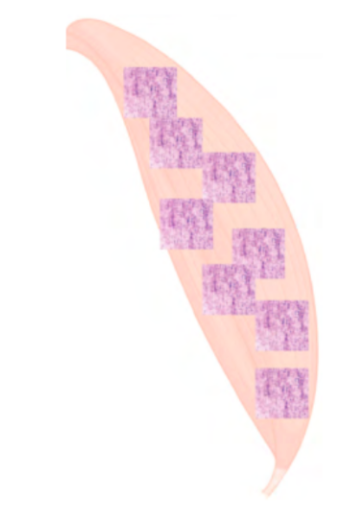
Type IIX muscle fibres: useful for fast exercise, but get tired quickly because they don’t have a large number of mitochondria enabling them to create a lot of ATP.
-
- Fast-twitch muscle fibres
- Production of glycolytic ATP
- Production of lactic acid
- Short duration, easily fatigued
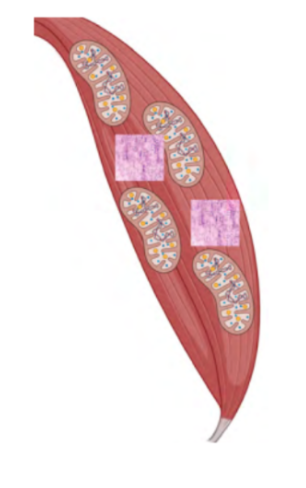
Type IIA muscle fibres: unlike type IIX, these have mitochondria to enable them to maintain a relatively low intensity of exercise for longer.
-
- Fast/slow twitch fibres
- Production of glycolytic ATP
- Oxidative ATP production
- Producers and consumers of lactic acid
- Average duration
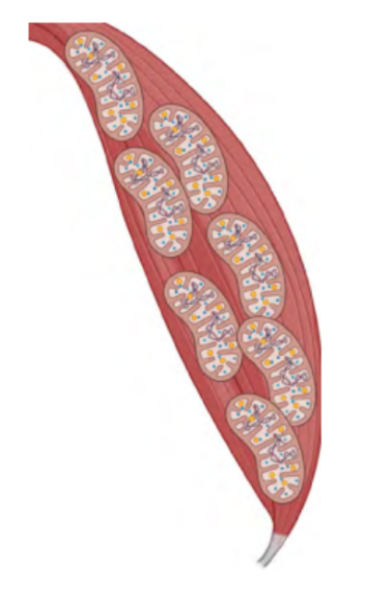
Type I muscle fibres: slower than IIA fibres, but produce more mitochondria, making them more resistant to fatigue.
-
- Slow twitch muscle fibres
- Oxidative production of ATP
- Consumers of lactic acid
- Long duration, fatigue resistant
➡️ To find out more about energy creation in racehorses, read this article.
Skeletal muscle adaptation:
The conditioning of horse muscles follows the principle of specificity: each intensity of exercise has an effect on a specific type of fibre.
Prolonged low-intensity exercise :
- Phase 1 (7 weeks) → Increase in type I fibres
-
- 5 days/week
- HR 150 bpm
- 15min/day
Moderate to high intensity exercise :
- Phase 2 (9 weeks) → Increase in type IIA fibres
- 3 days/week moderate intensity training (8min at 170 bpm)
- 2 days/week high-intensity training (6min at 200 bpm)
High intensity exercise :
- Phase 3 (18 weeks) → Increase in type IIX fibres
- 3 days/week moderate intensity training (8min at 170 bpm)
- 2 days/week high-intensity training (8.5 minutes at 200 bpm)
Conditioning the cardiovascular system
The goal of cardiovascular conditioning is to increase the cardiac output of the heart. By increasing the size and strength of the horse’s heart, the systolic ejection volume is increased. In this way, the horse can improve his ability to send oxygen to the muscles involved in an effort, which can sustain a higher level of effort, allowing the bones to grow with the workload.
The cardiovascular system is central to the functioning of the horse’s other body systems. It distributes oxygen and fuel throughout the horse’s body. It also collects and eliminates heat and lactic acid.
As the intensity of exercise increases, the cardiovascular system is faced with certain difficulties:
Above 60% of FCmax, choices have to be made as the available cardiac output begins to be consumed.
-
- Decrease in the lactic acid supply to the liver
- Reducing the glucose supply to the liver
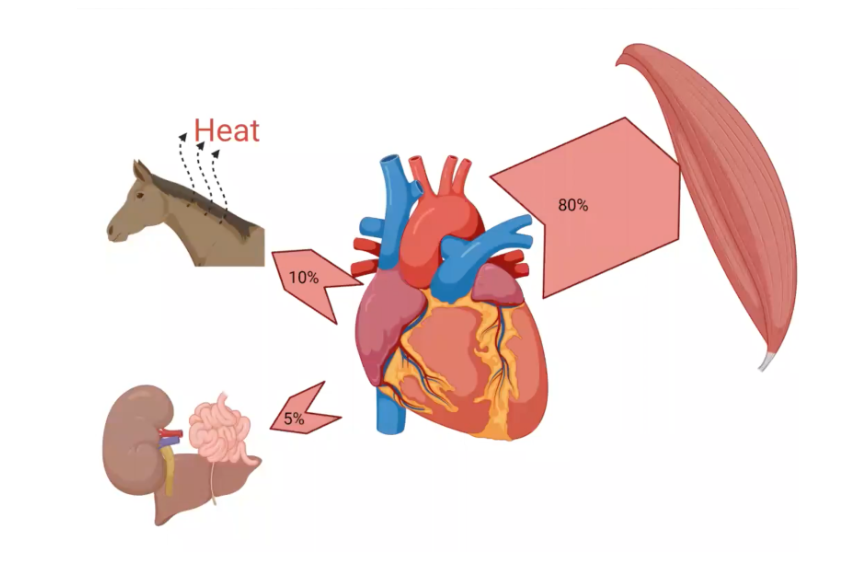
Above 90% of FCmax, the horse has difficulty dissipating heat, becomes very hot and is eventually forced to slow down.
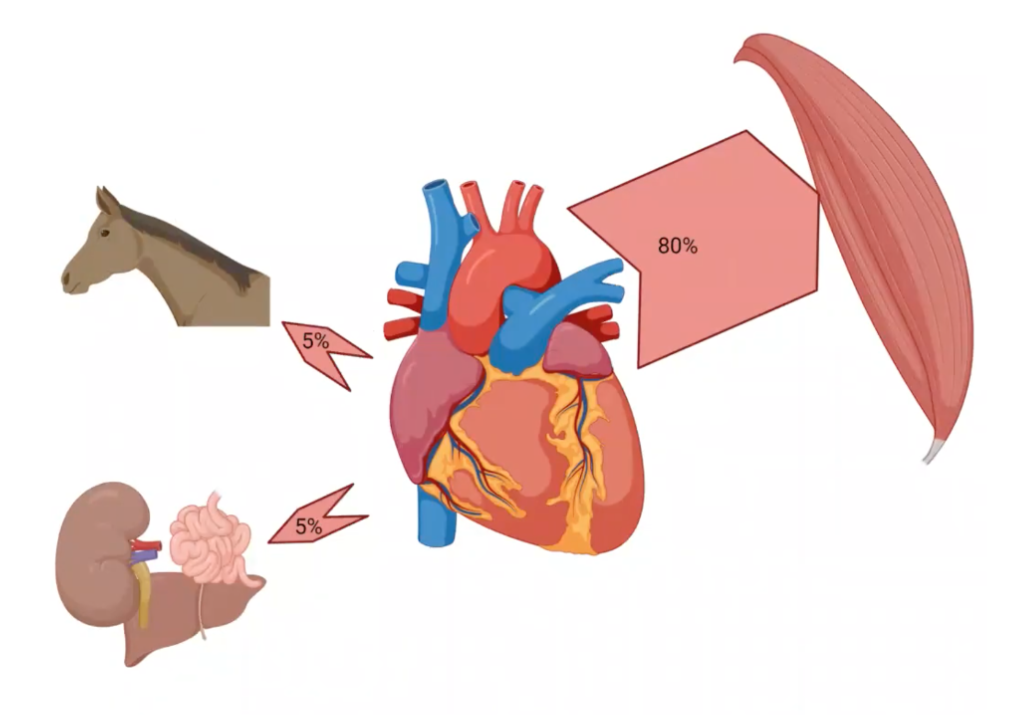
While bones and skeletal muscles take several months to adapt, increasing cardiovascular capacity only requires a few weeks of high-intensity exercise.
➡️ To find out more about the 3 fundamental systems of the racehorse, we recommend this article.
Conclusion
Conditioning the horse athlete is therefore an integral part of his training. It is based on the principle of progressive loading, which enables the horse to make an effort within his physical and mental capacity. By conditioning his physiological system, the horse is able to perform at a high level, while minimising the risk of injury caused by a lack of preparation.
Key words: conditioning, skeleton, muscle fibres, cardiovascular system
Sources:
Effects of equine conditioning: Equimed – Horse Health Matters (no date) EquiMed. Available at: https://equimed.com/health-centers/fitness-and-conditioning/articles/effects-of-equine-conditioning (Accessed: 06 July 2023).
How to get the most out of each horse? Common mistakes and how to avoid them (2023) YouTube. Arioneo. Available at: https://www.youtube.com/watch?v=Zz96ZD00cWU (Accessed: 06 July 2023).

